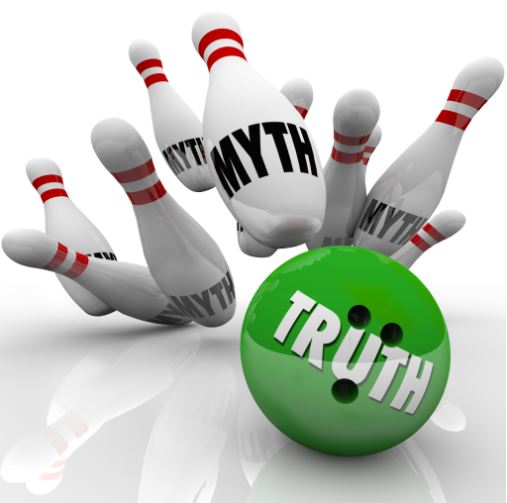
Many first-time buyers don't realize that it doesn’t necessarily take 20% down to purchase a home.
Indeed, the average down payment in the U.S. on mortgages used to purchase a home was 11%, according to our analysis of loan records from Optimal Blue, an enterprise lending software company.
As with many stats, that 11% average hides lots of variation across loan types and locations. And for some buyers, it may even take more than 20% to buy a home.
Borrowers with jumbo mortgages had to put the highest percentage down, with an average of 23%. Conforming mortgages averaged 18% in 2016. On the other hand, government-backed FHA, VA, and USDA mortgages featured average down payments of 4.8%, 2.2%, and 0.4%, respectively. These government programs are meant to open up more pathways to homeownership for first-time buyers, veterans, and heads of households in rural areas.
Where you live or are thinking of living can also dramatically affect what it takes to get a mortgage. Higher-cost markets don’t just have higher-priced homes; they also have buyers with higher down payments. Lower-cost markets are just the opposite.
Higher-cost markets tend to have higher down-payment percentages because those more expensive homes are less likely to be covered by low down-payment loans.
Cutting to the chase: Without a higher down payment, the monthly payment simply ends up being too high to afford in an expensive market. Got that? This is why borrowers in high-cost areas have little choice but to put a higher percentage down on top of paying a much higher price.
That’s why, regardless of income levels, it's so much harder for first-time buyers in high-cost areas. And homeownership rates, especially for younger households, take a hit.
Deciphering the financial differences
Let’s dive into some specifics so that it is easier to understand the financial differences.
The average purchase price of homes financed with a mortgage was just over $290,000 in 2016 across the U.S. The average down payment amount was $32,680, or 11%.
But in the District of Columbia, where the average purchase price was just over $630,000, the average down payment was almost $110,000, or more than 17%.
That $110,000 could fund more than two-thirds of the average purchase price of $165,000 in Mississippi. And in that low-cost state, the average down payment was under $9,000, or a little more than 5%.
The variances get more extreme as we get more local.
Buyers in San Francisco County put down an average of more than $326,000 on homes purchased in 2016, which represented an average down payment of 29.9%.
In Manhattan, buyers shelled out an average down payment of (gulp) 30.2%, but because the average purchase price was slightly less than San Francisco, the dollar amount of the down payment was a more modest $219,000.
In more rural counties in the South and Midwest, average down payments can be closer to 3% and often amount to $5,000 or less. For example, in Tennessee's Tipton County, an outer suburban county of Memphis, the average down payment was just over $3,500. The average price of a home purchased with a mortgage in 2016 was just under $138,000.
So the whole etched-in-stone notion of 20% down payment or bust? Well, it all depends on how you look at it. And where.
For more information, contact Prime Lending at the McMullen Group.
realtor.com


